Lock Blog
A resource for consumers, locksmiths, and security professionals
A resource for consumers, locksmiths, and security professionals
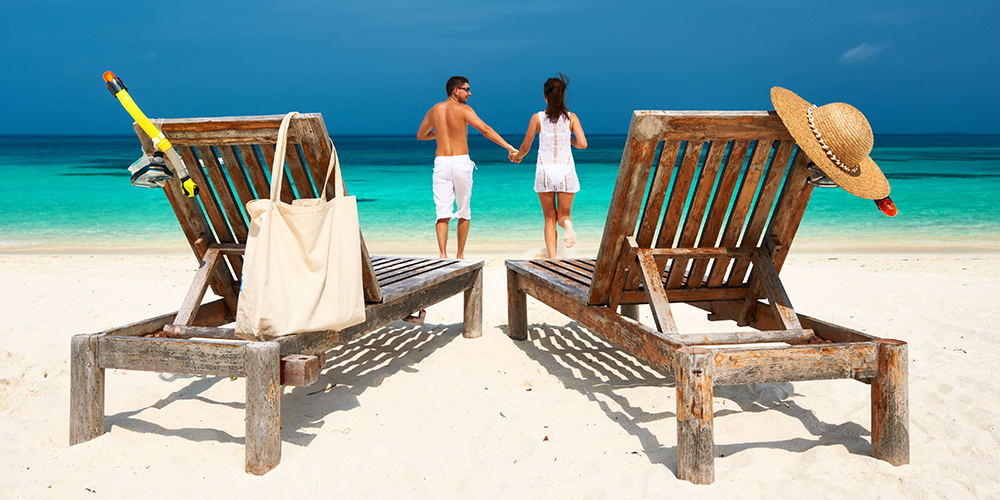
Nothing says summer like the beach. Whether it is your local beach, or an exotic location that you’re traveling to, there are some universal ways to make sure that you will not be losing your beach bag or the valuables inside. I love the beach, and have spent a good portion of my life by or near the beach. In all of my years there have been some run ins with thieves, and many more confused faces searching for their stolen property. No matter where you go in the world, beaches are a hot spot for tourists. That means money and a lack of local knowledge in the minds the criminal element, but it doesn’t have to. With these hot tips you will leave criminals steaming in frustration no matter where you are on the globe. There are also insights into keeping the sand and the water from ruining your property. Everything that you need to know to keep your beach bag safe!
When your bag is traveling with you, make sure to always keep it near you. You obviously will not be able to take it with you while swimming or surfing, but you learn to work around this in tip #2. Keeping your bag close to you has more to do with the instances where you are changing what it is you are doing. If you want to take a quick break from the ocean and go play some volleyball, take your bag. Anytime the group is stepping away from the main camp, make sure that your bag is by your side. Similarly, when the group is doing something like going to get ice cream, you can offer to stay behind and guard the stuff.
Whether you want to hang back or blaze the trail yourself, always be sure that the bag is by your side. A closely kept beach bag decreases the chances of theft immensely. Feel free to use product by AquaVault, but leaving them unattended will still garner the attention of potential thieves. In some cases the items you have attached your beach lockbox type device to (chairs, umbrellas) may simply be stolen so the lockbox can be removed later. Double up on your protections, and keep your beach bag as close as you can.
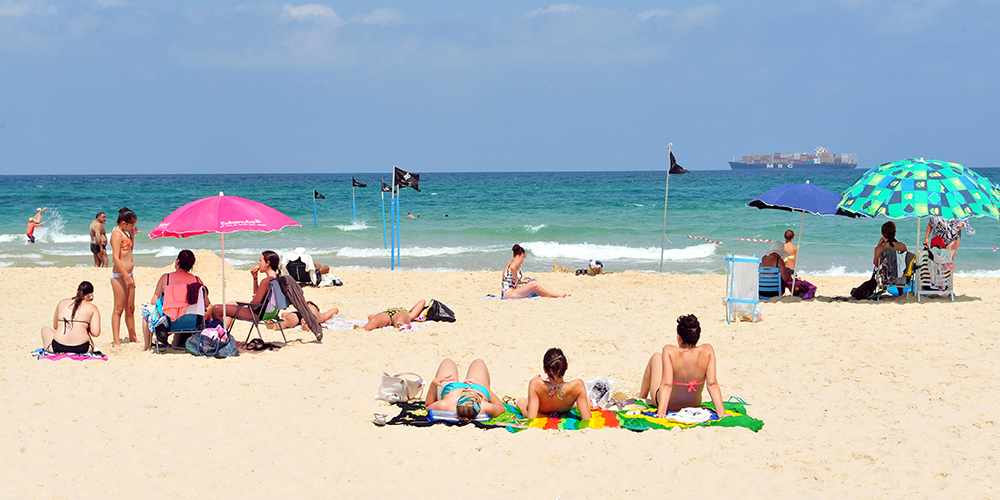
When everyone is out in the ocean, the bag does not need to be defenseless. Use your beach outpost as a visual marker, and check back with it constantly. This will also help to keep yourself and/or your group aware of the tide. This method has never failed me. On a few occasions I have seen people begin to pace back and forth around the chairs and bags. At this point you need to get back to shore. The pacing beach goer is a red flag of criminal intent. By getting close, then walking away, just to get closer to your belongings on the second pass, the person is seeing who might come up to confront them. If they do not get any attention, they will attempt to rob you.
There are two different types of beach bandits. The ones that will rummage around to make sure they are getting something good, and those that will just pick up and walk off. I have had to confront both types in my personal life. I will say that the best part about the beach is that people do not want to try and run away in the sand, and usually there are enough people around to help you if they do try and run. In either case, get to your bag as fast as you can. You can flag down a lifeguard, get someone to call the police, or call them if you have brought your cellphone.
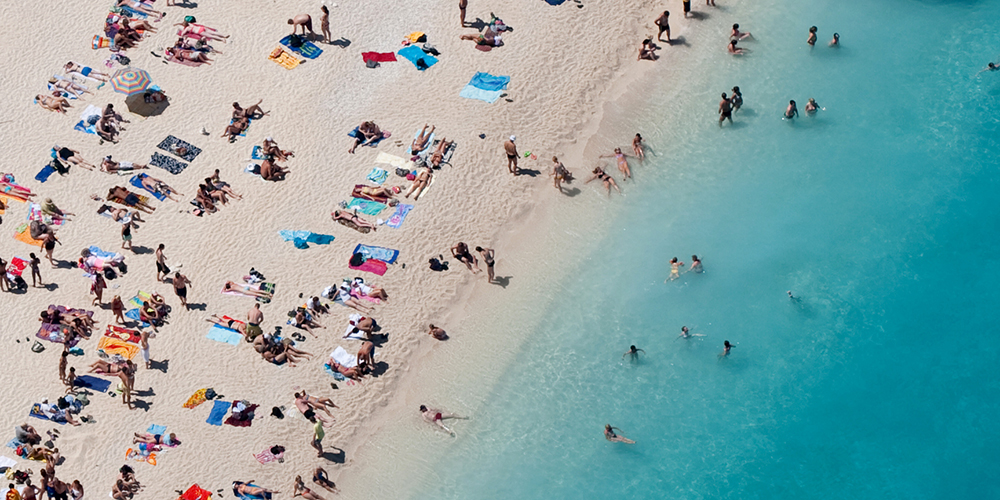
On the more mundane side of protecting your beach bag, you have to contend with the threats of nature. Most of the important items in a beach bag cannot get wet. Besides the lack of waterproof valuables, you do not want the bag to get washed away. One sweep by a wave, and you may not find the bag or some of its contents. The remedy to this is to set up all of your stuff away from the tide line. The tide line is the very visibly demarcated border on the sand where the water does not reach past during high tide.
If there is a cliff of sand, this can easily be identified as a tide line. In other cases you will be able to tell the tide line by the difference in the color and texture of the sand. Very dry loose grains are on the side of the tide line that the water will not reach. Tightly packed darker sand will rest on the side that is reached during high tide. It is important that you do not set up too far away from the tide line, as there is usually a sand ridge (a gentle slope), which will obscure your view of the rest of the beach while you are in the ocean. Set up just behind the tide line and do not go as far back as beyond the apex of the sand ridge’s incline.
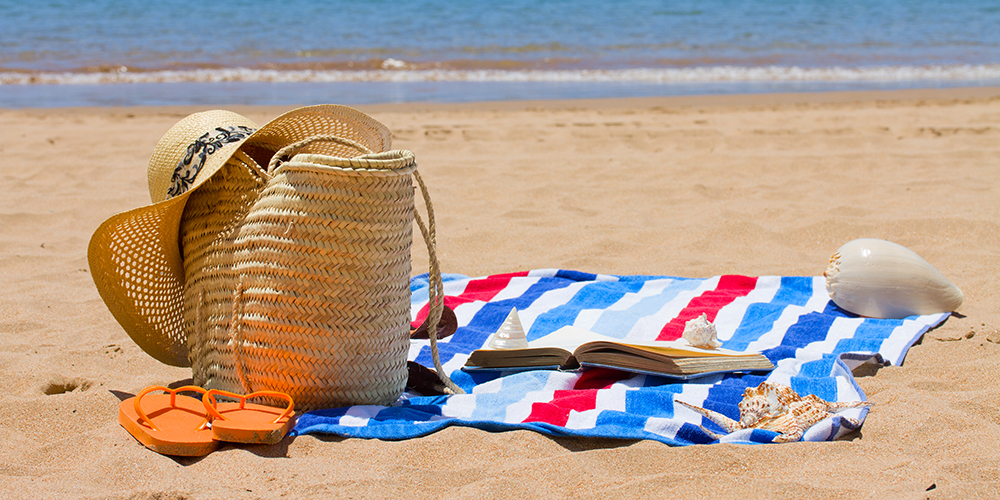
If you have items such as keys, phones, wallets, you must place them at the bottom of the bag. Most beach criminals are opportunists. If they see something that they instantly recognize as valuable, then they are going to get interested. Putting the high value items at the bottom of your bag means that you are putting other items on top of or over them. Items used to cover your valuables could be things such as snacks, blankets, towels, or other objects that make sense to be left in a bag. If you will be using all of your blankets and towels, then this will not provide constant coverage. However, if you will only be using you covering items while you are by the bag, and return them when you step away, then these articles will work.
Be aware of the state of the items you are returning to the bag. Sometimes a used blanket will have sand on it, or a towel will be wet. Both of these eventualities may endanger your valuable items if not properly dealt with before returning the troublesome objects to the bag. Towels should be shaken out downwind from any people so that the sand does not get in anyone’s eyes or open food. Towels can be hung over chairs and left to dry in the sun. Be sure that you stay close to your bag while you are preparing this stuff to be returned to guarding your valuables.
If you have also brought beach towels, chairs, or similar large items to the beach, you can use them to cover the bag. This is the next logical step after obscuring the valuables in your bag. Just like when you put something in a safe, the next step is to hide the safe. If no one knows that the beach bag exists, then no one will be looking to steal it. If you cannot fully hide the bag from view, then you can still keep it out of the open. Putting it under a chair will still make it visible to anyone who cares to look, but it will deny the gaze of most wandering eyes.
The most important part of covering your beach bag is to make sure that you know where it is. Some people have the idea to bury some of their items. This can be a good way to lose your valuables. A slip of the memory can leave you digging a lot of desperate holes. You must also be able to do visual confirmation on your bag, and if there is no trace of it while it is there, you will not be able to tell if has disappeared simply by looking. Make sure that you can see the bag or confirm it’s placement well enough to know it is there.
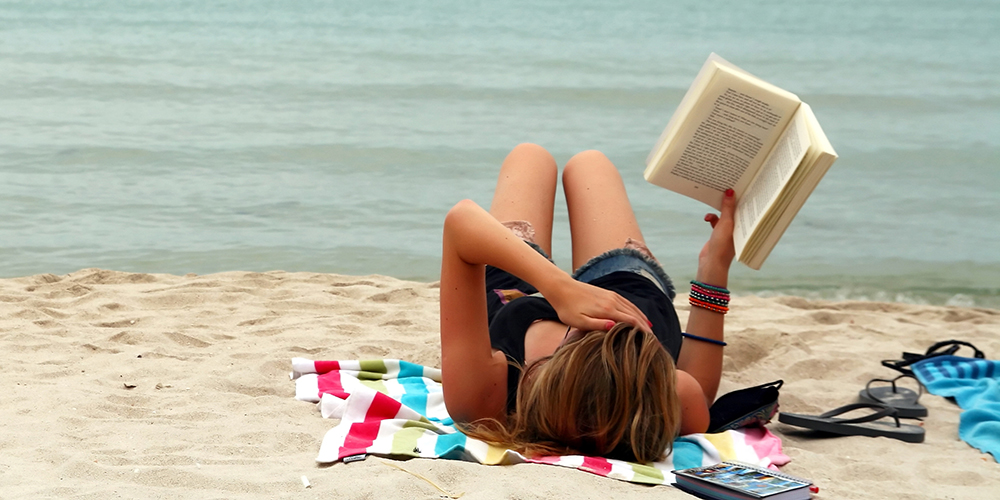
When I go to the beach I try and take as little as I can down to the sand. Honestly, I will leave my sandals in the car when the sand isn’t burning hot, and I have made the mistake of not taking them when the sand is burning hot (heat blisters on your feet are no fun). The point is that there is nothing left lying on the beach while I am in the ocean. I am completely unfettered, and can rest on my car security. With large groups or family outings it is less feasible to travel with just the bare bones so just be sure to take what you need. I would argue that you don’t need to take any electronics onto the sand.
If you are coordinating a large group, a phone can be necessary but e-readers, laptops, tablets, etc. can be left at home. For those of you that enjoy reading at the beach, I will try not to judge you, but instead suggest visiting your local library and getting a physical copy. A book is much less likely to be stolen than an electronic device. Leave most stuff at home, and what you must take to the beach (wallet, keys, etc.) leave in the car. Consider investing in something like a surf key, which is a car key cut in a way so that it has no electronics and will often just open the car door.
Now that you know how to keep your valuables safe on the beach, you can catch some waves or soak up the rays (but be sure to wear sunscreen). Just be sure that you are keeping your property as close as you can, when you can. Always watch it when it cannot be by your side, and make certain the bag will not get taken by the tide. Keep the high value items covered within the bag, and then cover the bag. And whenever you can, try to take as little as you can out to the beach. If you do all of this your beach bag will be as protected as it could possibly be. I can speak from personal experience, that no matter how hard some people tried, I have never lost an item on the beach. These methods are proven. Use them, and keep your beach bag safe.
Category: Safety & Security, Travel Security